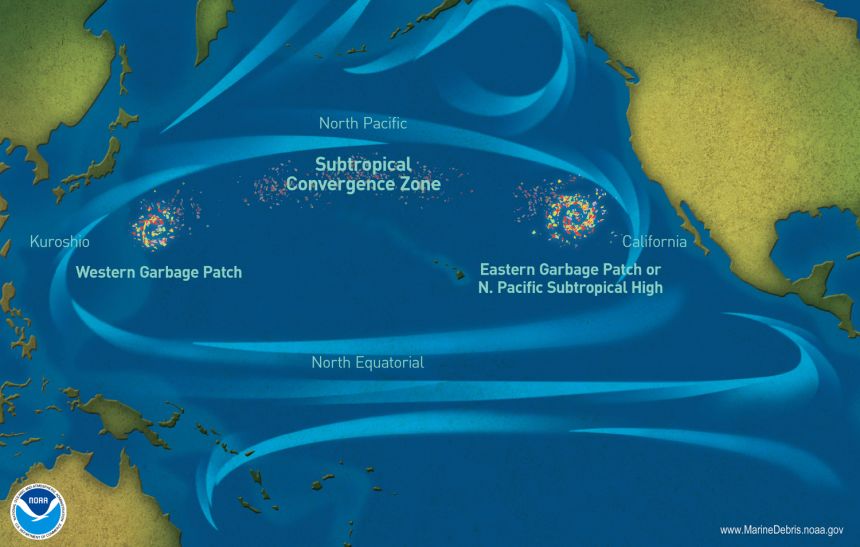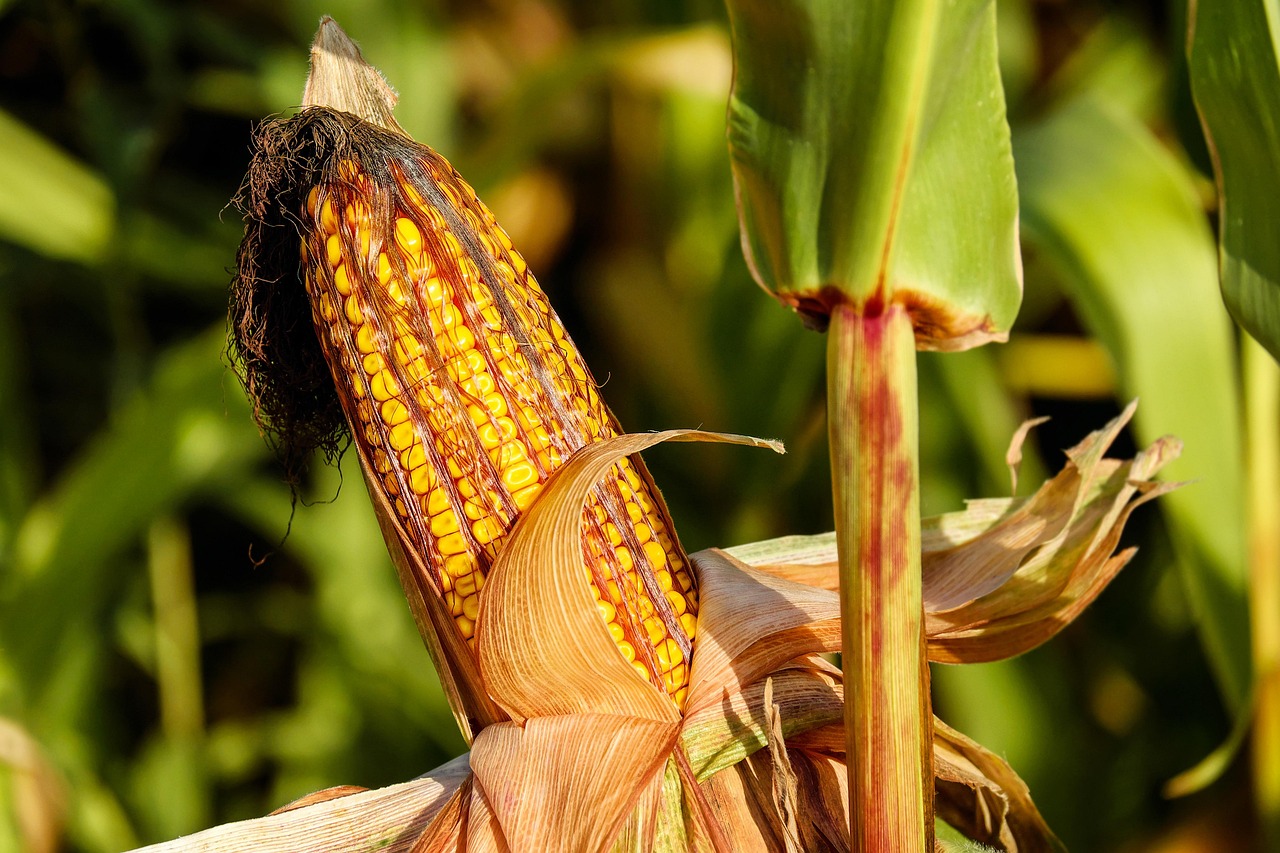Industrial and fishing countries cause more than 90 percent of the garbage patch in the Pacific. Asian countries have a share of tens of percent, and Canada and the USA are other pronounced producers. The results were published by scientists from the Ocean Cleanup project in collaboration with the Netherlands’ Wageningen University.
Pacific Garbage Patch Research
The unique Ocean Cleanup project, dealing with cleaning the ocean, deals with, among other things, the Pacific Garbage Patch. He and colleagues from Wageningen University took samples from the ocean landfill and identified six major contributors to the ecological blight.

The Pacific Ocean currents constantly bring tens of thousands of tons of garbage to the same place. They created the so-called “Seventh Continent, ” made mainly of plastic waste. According to the latest estimates, it covers about 1.6 million square kilometers. However, that’s just the tip of the iceberg. Scientists do not yet know how much the pollution extends to the deeper ocean layers and the seabed.
Six the Most Significant Contributors
Until now, no one knew from which countries the most garbage comes. So in the new research, scientists collected, sorted, and examined over six thousand pieces of waste from the marine landfill. To uncover their source, they looked for any words, logos, or symbols on them that were somehow associated with specific countries.

The researchers were able to determine the country of origin of 232 items. The most significant percentage came from Japan, at 33.6 percent. China followed with 32.3 percent, and South Korea with 9.9 percent. Then the USA (6.5%), Taiwan (5.6%), and Canada (4.7%).
The researchers calculated that 26 percent of the trash in the North Pacific Garbage Patch is associated with fishing. However, for about a third of the samples, scientists could not identify what purpose they might have served or where they came from.
Source: nature.com/articles/s41598-022-16529-0, featured image by Steven Guerrisi and Sarah Wan on Flickr.




